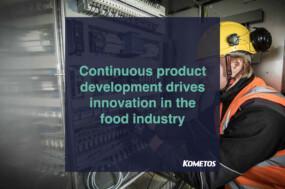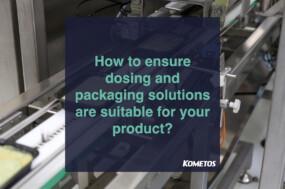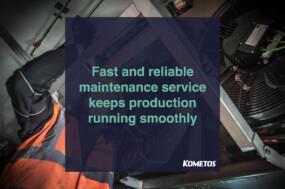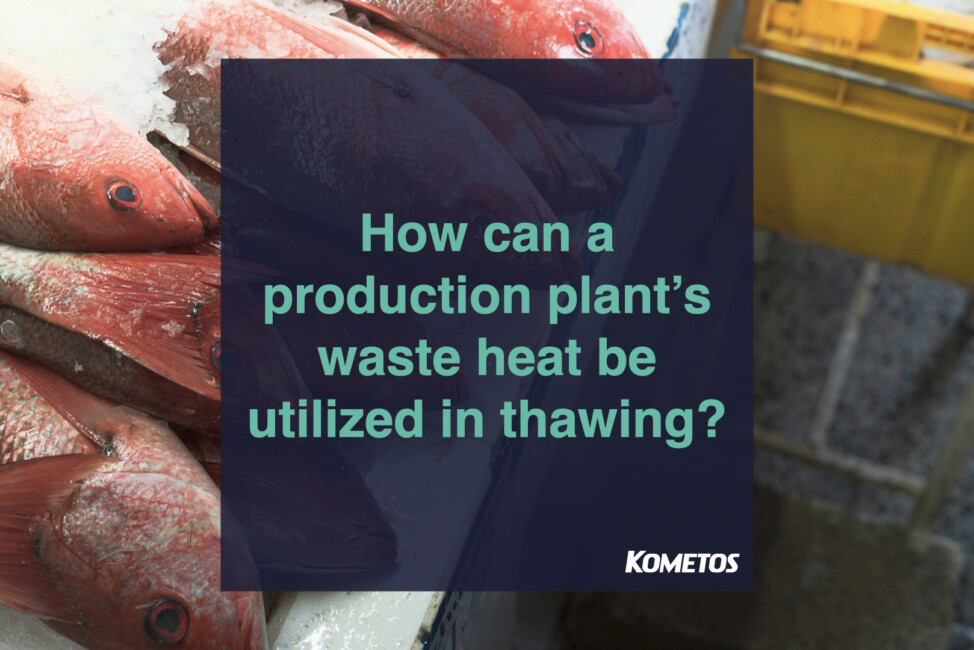
Energy-efficient thawing with Kometos products, utilizing the plant’s waste heat
The benefits of developing thawing processes’ energy efficiency are both the reduction of climate impact and the increase of the cost-effectiveness of thawing. The more efficient the thawing process, the more it reduces costs across the entire food chain.
In addition to raw material prices, the price of the final product in the food industry is influenced by, for example, the processing costs and the processing value of the product, and the price and availability of energy.
Long, water-based thawing processes consume a lot of energy. Annual consumption is no longer about tons, but about tens of thousands of kilowatt hours, depending on the plant’s capacity.
The plant’s existing energy can be used in thawing
In the food industry, energy efficiency measures are often related to the heating and freezing processes. The Kometos’ thawing solution for the food industry enables fast and controlled thawing, where the plant’s existing energy can be used to heat the thawing facility.
Thawing processes operating on so-called medium system utilize the condensation heat recovered from the processes of the production plant, with or without a heat exchanger.
– Heating consumes most of the energy needed in the food industry. If the facility has a heat recovery system, we utilize waste heat. The achieved energy saving is at least 90% compared to the entire process, Sales Manager Raimo Niemi says.
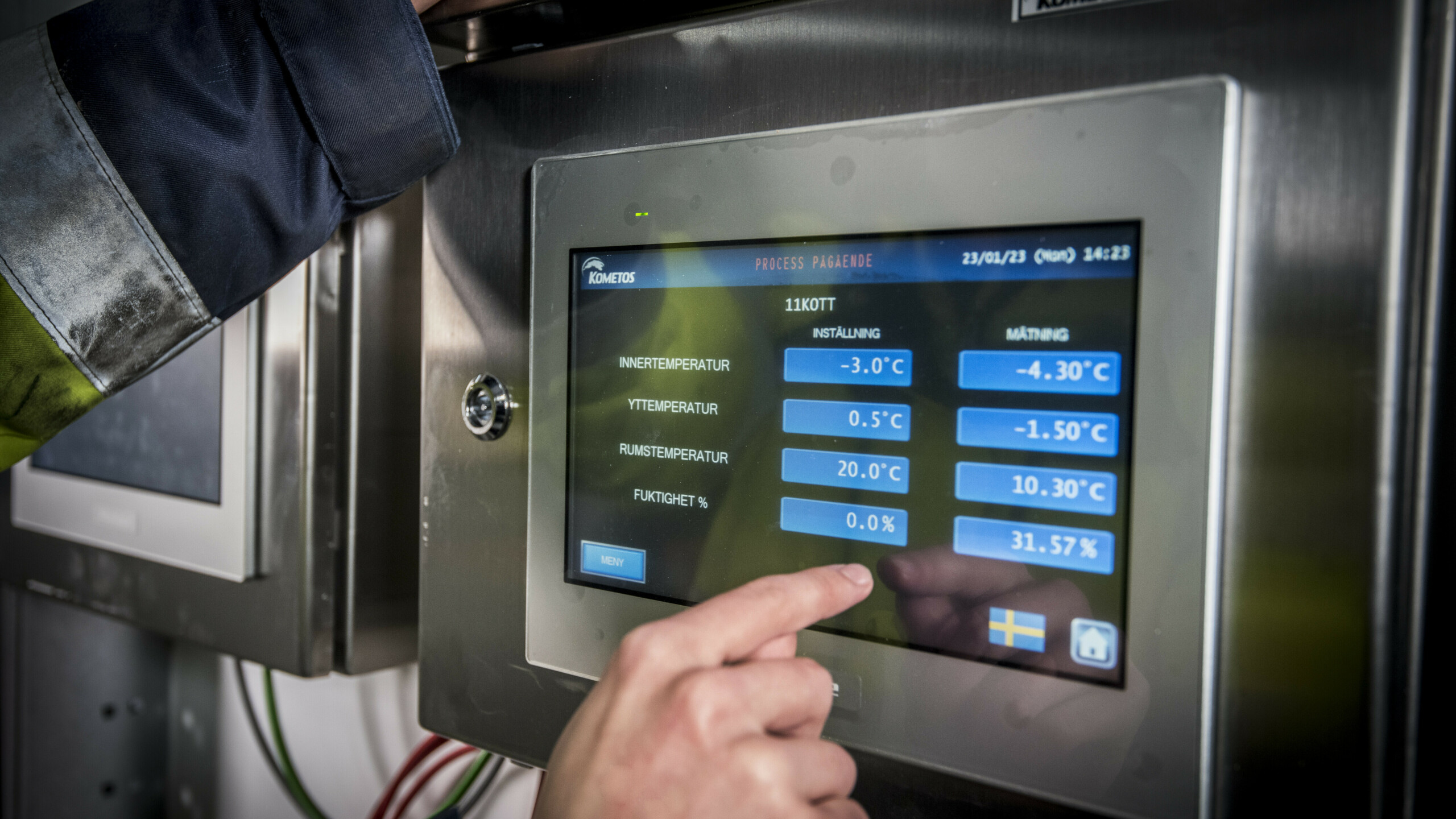
Energy goes into heating the process facility, not the product
The Kometos’ thawing process optimizes energy saving and utilizes waste heat.
In Kometos Finncold products, energy is used in the thawing process for heating the process facility and for changing and maintaining its temperature, not for heating the product itself. Niemi says:
In controlled thawing, custom-made controlled fans are used, whose radiation temperature and energy efficiency can be influenced by adjusting the fan speed.
The operation of Finncold MTS 24 is based on utilizing the energy already in the plant, i.e., waste heat, to heat the process facility. Finncold MTS-15, on the other hand, uses direct electric heating. Even in that case, the energy saving is more than five times compared to the energy used for freezing and thawing the product.
– In addition to energy efficiency, our customers are particularly satisfied with the ease of use of the system, minimum losses, and the repeatedly consistent result in terms of raw material quality at the end of the thawing process, Niemi adds.
The most important thing, when it comes to thawing food products, is to maintain correct surface temperature. If the food’s surface temperature rises too high, the surface tissue of the product breaks and the meat liquids drain out.
– When the surface temperature of the product remains optimal, the product retains trace elements and water-soluble proteins, and it’s completely equivalent to a fresh product. So, we are talking about controlled thawing, where the loss is as minimal as possible, Niemi sums up.
Micro-thawing consumes a lot heating energy and water
Finncold thawing process is energy efficient compared to, for example, microwave thawing, radio wave thawing, or cold-water thawing, which in addition to energy consumption results in a 4-6% weight loss.
In microwave thawing the heating takes place directly in the product itself, from where it must be removed through cooling using, for example, water jacket. The system also requires an absolutely even initial temperature of the raw material to achieve an even result.
In microwave and radio wave thawing, the number of kilowatts is defined beforehand, and it remains the same throughout the process. The energy consumed cannot be used for anything other than the thawing process itself.
– It is necessary to transfer heat away from the facility in order to avoid food waste. In water thawing, the water must be, according to EU regulations, running, which means that the water consumption is also high, Niemi says.
Interested in learning how our Kometos solutions could improve your plant’s energy efficiency? Get in touch with us.

